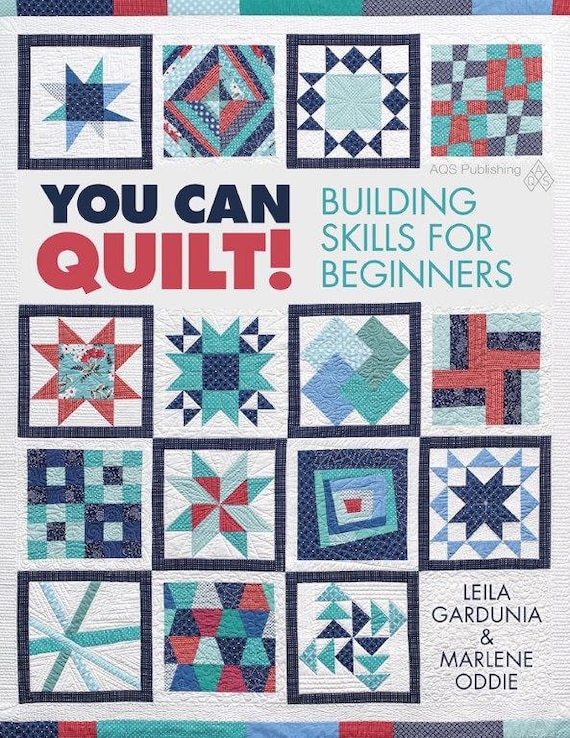14 - Crazy Quilt Block
............
Edited (5/15): The Skill Builder Sampler will is available for purchase in book form! It has been renamed "You Can Quilt! Building Skills for Beginners" but covers the same skills with the easy, medium and challenging blocks and is a million times better than the original quilt along. It is perfect for the beginning quilter or the experienced quilter who wants to branch out and learn new skills. Find more information and order a signed copy in my Etsy shop or order on Amazon.
............
 |
| Crazy Quilt made from my girls' clothing. |
1. If you are going to use any non-quilting cottons in this block, be sure to prewash them in the same manner you will be washing your finished quilt.
2. Cut your foundation fabric approx. 13.5 inches square. You can use any type of woven cotton for this. In fact, I would suggest using a piece of why-did-I-buy-this-and-what-in-the-world-am-I-going-to-do-with-it? fabric. Just be sure the foundation fabric will not show through the crazy quilt fabric that will go on top of it. If it helps, you can sew on the backside of the foundation fabric over so the pattern is less intense.
3. Collect your fabric. I would suggest rounding up all of the scraps and odd sized pieces you have leftover from your other blocks and starting with those.
4. Start Sewing! Follow the directions for the Center Oriented Block. The only thing that will be different, is that we will trim our block to 12.5 inches square when we are finished. Don't get too stressed about the process - just keep adding fabric until the foundation fabric is covered. For more info on adding trims and curved pieces, check out the Corner Start Block post.




